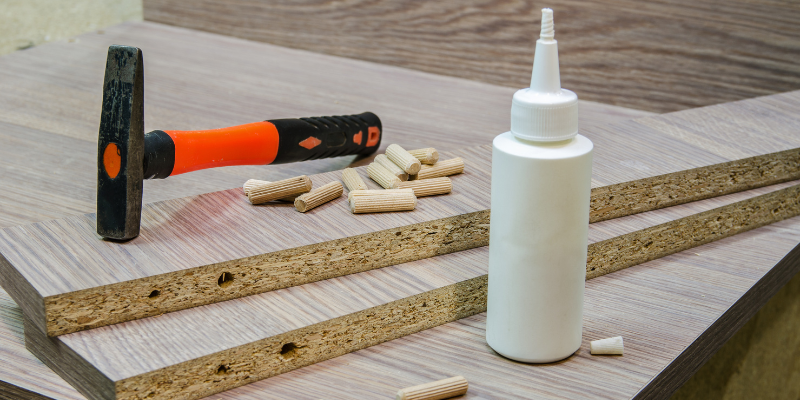
1. Check the Temperature Range
Before starting your project, it’s important to verify the manufacturer’s recommended temperature range for the adhesive you’re using. Most water-based adhesives need to be applied when temperatures are above 5°C to 10°C (40°F to 50°F). If temperatures drop too low, the adhesive may not bond properly or cure correctly.
Tip: Avoid applying adhesives when temperatures are expected to fall below freezing within 72 hours. This can cause the adhesive to crack or fail entirely.
2. Prepare Your Surfaces
Cold surfaces can affect the performance of water-based adhesives. Ensure the surfaces you’re bonding are clean, dry, and within the appropriate temperature range. Cold materials can cause adhesives to cool too quickly, preventing them from curing properly. Use an infrared thermometer to check surface temperatures to ensure they meet the adhesive’s specifications.
Tip: Keep surfaces indoors or in a warm area before bonding to maintain the correct temperature during application.
3. Warm Up the Adhesive
If you’re working in colder conditions, it’s essential to keep your adhesive at the right temperature. Store adhesive containers in a warm environment (ideally at room temperature) and bring them out only when you’re ready to use them. Rotating adhesive stock ensures you always have a warm batch ready for application.
Tip: Place the adhesive container in a bucket of warm water for a few minutes before use to maintain optimal application temperature.
4. Apply in Thin Layers
When applying water-based adhesives in cold weather, it’s best to work with thin layers. This allows the adhesive to dry more evenly and reduces the risk of incomplete curing. If you’re working on a large surface, apply the adhesive in small sections to control drying time.
Tip: Spread a thin, even coat with a brush or roller and allow it to dry slightly before pressing surfaces together.
5. Allow Extra Drying Time
Cold weather slows down the drying and curing process. Be patient and allow more time than usual for the adhesive to fully set. Follow the manufacturer’s guidelines for drying times, but keep in mind that it may take longer in cold conditions.
Tip: If possible, provide extra warmth to the area with portable heaters or heat lamps to speed up the drying process.
Find the Adhesives and Supplies You Need at Bond Tech Industries
Applying water-based adhesives in cold weather requires extra care and attention to temperature. By following these steps—checking temperatures, preparing surfaces, warming the adhesive, applying thin layers, and allowing extra drying time—you can ensure a successful bond even when the weather is less than ideal. Always follow the manufacturer’s instructions for the best results.
For more tips on working with adhesives in different conditions, contact Bond Tech Industries for expert advice!





